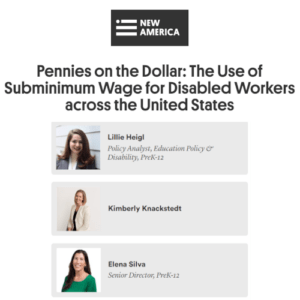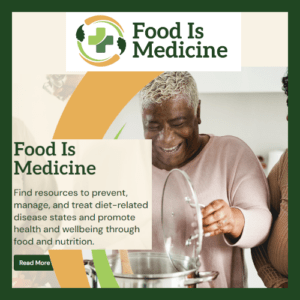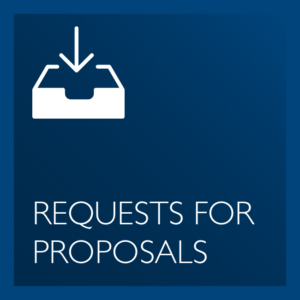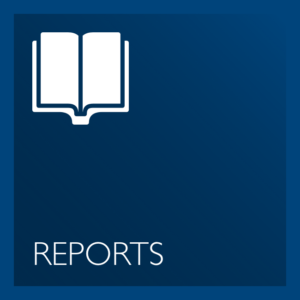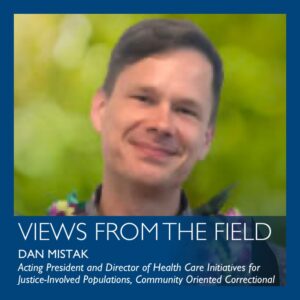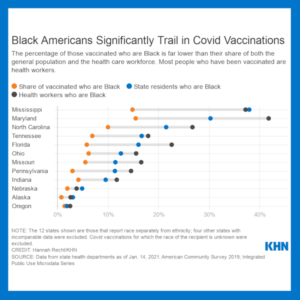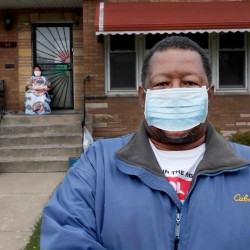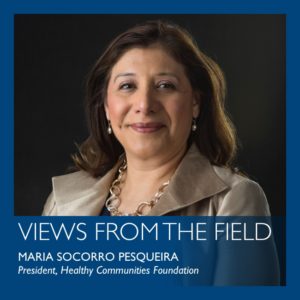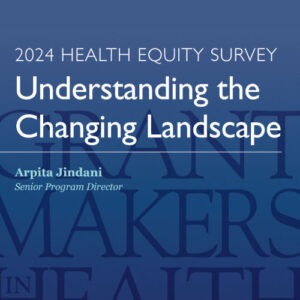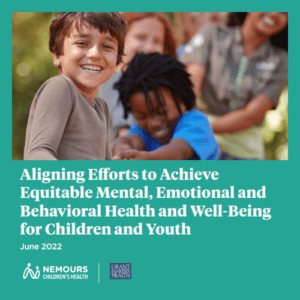Upcoming Events
Past Events
Featured Resources
New America Report Examines Subminimum Wage for Disabled Workers
Under the Fair Labor Standards Act, employers are allowed to pay disabled workers less than the federal minimum wage, which has significant impacts on these workers’ health and well-being. A report from New America examines, state by state, the policies that drive the use or elimination of the subminimum wage, as well as the programs each state provides to more comprehensively support individuals with disabilities as they seek meaningful employment and fair wages.
HHS Launches New Food is Medicine Virtual Toolkit
The Toolkit was developed in response to the National Strategy on Hunger, Nutrition, and Health and to support communities design and implement effective Food is Medicine interventions.
Case Study Examines Early Learnings in Using Medicaid Payments for Food is Medicine
A new resource commissioned by the Fair Food Network examines the early learnings from the Healthy Opportunities Pilots effort in North Carolina to use federal 1115 Medicaid Demonstration Waiver funding to scale and sustain community-based implementation of a combination of produce prescription programs, medically tailored meal programs, and nutrition education.
Explore Health Equity and Social Justice Topics
Recent Items - Climate and Environmental Health
The Health Sector is a Critical Voice in Climate Advocacy
Recent Items - Health Equity
Let’s Take Courageous Steps Together in 2025
Recent Items - Healthy Eating/Active Living
The National Peanut Board: April 2025
Recent Items - Housing
Marin Community Foundation: October 2024
Horizon Foundation: September 2024
Recent Items - Justice Reform
Recent Items - Social Determinants of Health
Marin Community Foundation: October 2024
Recent Items - Violence Prevention
The Joyce Foundation
Latest Resources
Grantmaking with a Racial Justice Lens
Join the Philanthropic Initiative for Racial Equity (PRE) on March 10 for a training on Grantmaking with A Racial Justice Lens, a guide providing grantmakers with reflections, frameworks, and tools built from the direct experience of activists and funders for advancing racial justice in any philanthropic setting.
The Commonwealth Fund’s Commitment to Equity, Diversity, and Inclusion
The Commonwealth Fund has announced an agenda for its $15 million Health Equity Action Fund – a major new initiative to advance equity in U.S. health care. Its goal is to contribute to efforts to dismantle systemic racism in health care policy and practice and counter inequity in treatment, patient experience, and health outcomes for Black people, Indigenous people, and people of color.
Black Americans Are Getting Vaccinated at Lower Rates Than White Americans
A new KHN analysis finds that in the 16 states that have released data by race, white residents are being vaccinated at significantly higher rates than Black residents.
Health, Equity, and Race during COVID-19
New findings from a national, ongoing poll show that the pandemic has not demonstrably shifted views on the connection between race and health among those most affected by COVID-19, despite communities of color and those with lower incomes being hit the hardest.
Transforming Communities Through the Social Determinants of Health
Six years ago, Palm Health Foundation made a risky decision. Dissatisfied with the short-term gains of traditional responsive grantmaking, we launched the Healthier Together initiative in an effort to forge a deeper connection to community through the social determinants of health.
Bringing “Invisible” Communities Out from the Shadows: A Community-Centered Approach
COVID-19 has not been an equal opportunity pandemic. It has impacted Latinx, Black, and Indigenous communities; immigrants, older adults, and the uninsured more profoundly than the general population. At the start of the public health crisis and several weeks after, the impact on these communities remained invisible with devastating health consequences.
Reports and Publications
2024 Health Equity Survey: Understanding the Changing Landscape
In 2024, Grantmakers In Health (GIH) surveyed its Funding Partners to understand how their health equity work has evolved. The survey consisted of 40 questions including demographic information, program focus areas, partner engagement, organizational strategy, priority population, successes, and challenges. This report summarizes findings from the Health Equity Survey titled, “Understanding the Changing Landscape.”
2023 Survey Summary: Climate Change Strategies
This infographic summarizes the responses to a Grantmakers In Health funder survey, conducted in May and June 2023, on how philanthropy is addressing climate change, and the barriers and opportunities that exist to support climate-related efforts.
Aligning Efforts to Achieve Equitable Mental, Emotional, and Behavioral Health and Well-Being for Children and Youth
This report issues a call to action for philanthropic organizations and public-sector partners that are ready to move forward in improving mental, emotional, and behavioral health. It describes existing philanthropic and federal initiatives and offers a potential portfolio of aligned strategies for private- and public-sector partners to consider.
Strengthen your knowledge, skills, and capacity.
GIH focuses our programming around five areas that are critical to achieving better health for all.
We invite you to explore the resources available on our focus areas pages, browse content in more specific issue areas, and to connect with GIH staff to discuss how we can partner and support your work.

